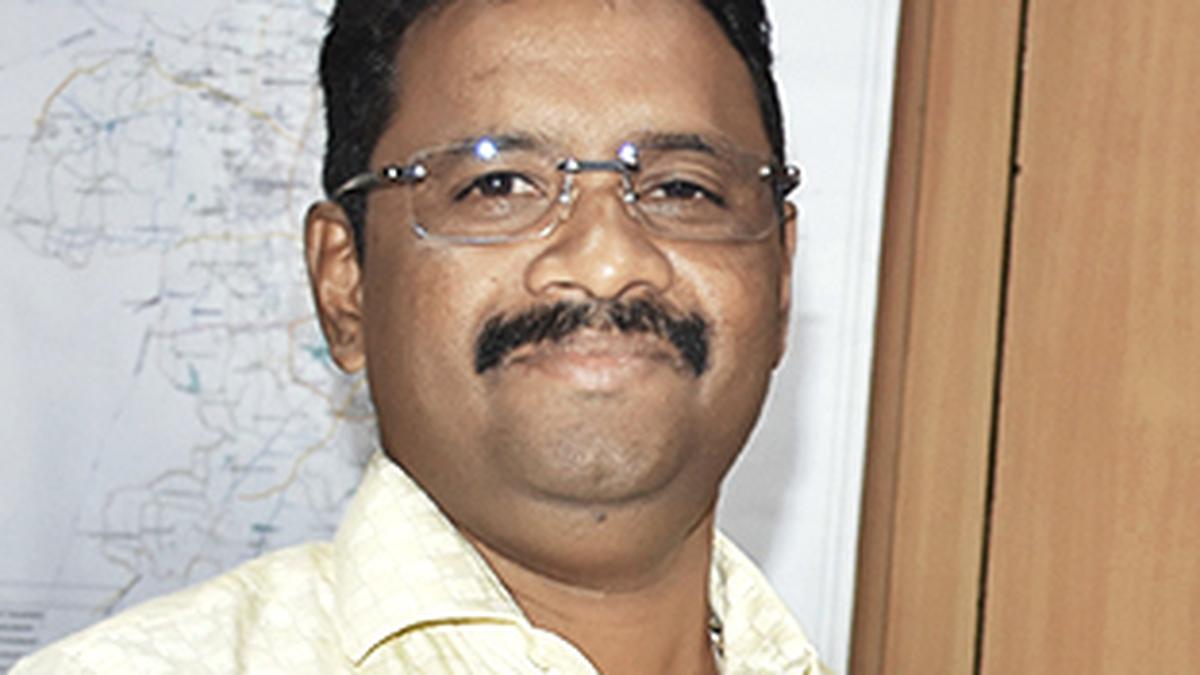A year after the Vizhinjam International Seaport began commercial operation and the port achieved over 100% capacity utilisation within a few months, the State government, which shoulders the lion’s share of the construction cost in the first phase, received hardly ₹38.3 crore by way of tax, while the concessionaire generated a total revenue of ₹425 crore until August 31. What is more, the State government, which has to take the lead role in setting up the industrial and logistic ecosystems around the port, is still dragging its feet even a year after the port began trial-based commercial operation and subsequently the full-fledged commercial operation.
The ₹38.3 crore tax share the State has received is peanuts compared to the direct and indirect revenue the port is supposed to generate in the State. The State government has so far spent around ₹2,160 crore for the development of the port out of the ₹5,595 crore it is supposed to spend in the first phase, while the private concessionaire contributed ₹2,454 crore in the first phase. The State will get 9% of the GST share, along with 1% of the port’s annual revenue starting from 2035. This share will increase by 1% each subsequent year up to reaching a total of 40%.
However, the indirect revenue to be generated from the port and port-related ecosystem is expected to change the future of Kerala, an area where the State still lacks vision. Speaking to The Hindu a senior bureaucrat said although the State had conceived the Outer Area Growth Corridor (OAGC) on either side of the proposed Outer Ring Road (ORR) spanning from Vizhinjam to Navaikulam in Thiruvananthapuram way back in the first term of the Left government, the project reached nowhere even now, despite the port handling 468 ships and 1.25 million TEU cargo in just a few months.
Further, a slew of ancillary port-related infrastructure facilities have to be set up around the port, including container stacking facilities, repairing facilities, non-maritime industries, logistic parks, manufacturing units, and warehouses, as optimal allocation of supporting resources is crucial for creating a port-driven ecosystem in the State. However, the land around the port is too costly for an investor now, although agencies like the Trivandrum Chamber of Commerce and Industry made an attempt to create a land bank within 15-km radius of the port.
The investors will normally shy away from investing when a piece of a cent land costs around ₹10 lakhs. The State government will have to provide some incentives or cross-subsidy to attract investors to the State. If there is any delay in solving these issues, the investors would be wooed to Tamil Nadu, where, according to reports, the State government recently made a move to acquire 2,200 acres in Tirunelveli for tapping the potential of Vizhinjam port. To address some of the bottlenecks related to the port development, the Kerala government has now formed a project implementation committee, according to sources.



.png)
.png)
.png)
















 2 hours ago
3
2 hours ago
3







 English (US) ·
English (US) ·